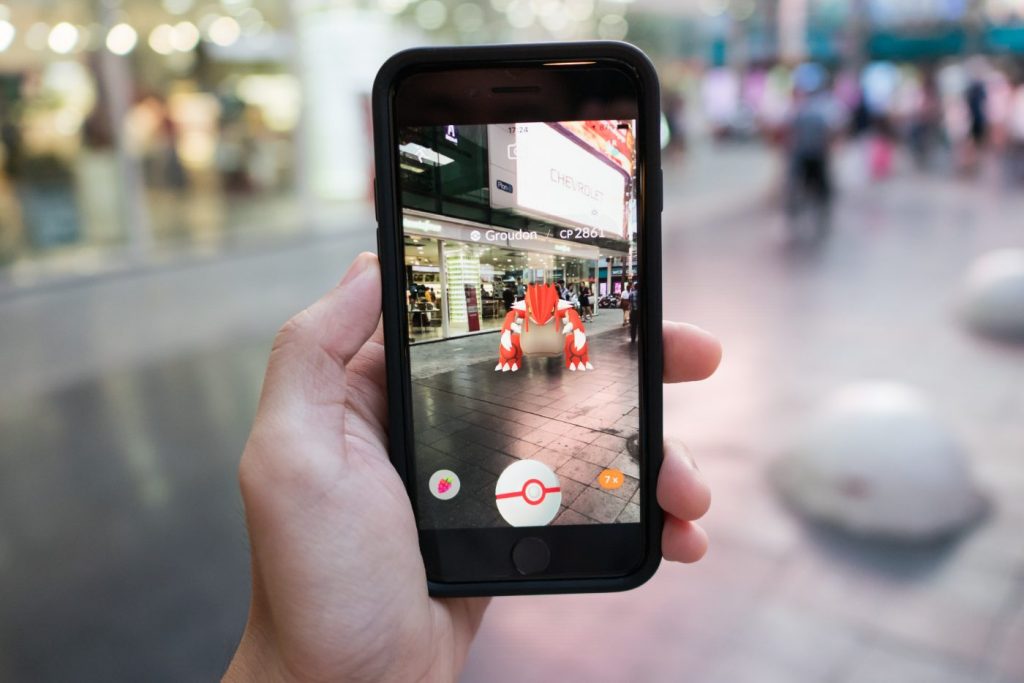Augmented Reality (AR) is one of those sexy new technologies that at first blush seems to have more to do with style versus substance, but in reality, it’s starting to change the way companies design, manufacture, sell, and support products.

Just like the melange of high-tech screens Tom Cruise manipulated in the “Minority Report,” AR superimposes digital images on to the physical world, augmenting what you see instead of replacing it with a fully immersive environment like virtual reality. While the technology has been around for decades, the emergence of low-cost consumer headsets like Microsoft HoloLens, Oculus Rift, and HTC Vive, coupled with mainstream games like Pokemon Go and new, no-code development tool kits and open APIs, have launched a steady stream of activity on the enterprise front as manufacturers experiment with AR pilot projects across the product’s life-cycle.
The uptick in deployed use cases is driving sales of AR hardware, software, and services. A recent report from BIS Research projected growth in the augmented reality market to skyrocket from an estimated $3.48 billion in 2017 to $198.17 billion by 2025.
There are a number of ways AR can benefit engineering and manufacturing workflows. The technology’s ability to easily showcase pertinent data or 3D models within the context of a physical environment—an asset on the manufacturing floor, for example, or parts in an engine assembly—provides greater clarity than standard 2D images or even 3D CAD models. Step-by-step instructions delivered via AR make for a more immersive training or maintenance experience, and AR applied in sales and retail experiences provide potential customers with a life-like view of what a customized product might look like before it’s ever actually manufactured.
Here is a look at some early use case examples of how AR is changing critical workflows:
Early concepts and design reviews

AR can facilitate a higher level of collaboration and shorten design cycles by allowing engineers to iterate and evaluate designs within the context of a real-life environment. As opposed to marking up static 2D drawings or even 3D CAD models, AR provides another dimension to product visualization, giving engineers the ability to walk around a car body to gauge styling and dimension, for example, or to virtually test a mechanical lever to ensure there’s sufficient room in the assembly for smooth operation. Being able to evaluate a potential design as part of a realistic environment provides a better sense of scale and accuracy compared to 3D models or even partial-size physical prototypes—an advantage that leads to faster iterations, fewer late-stage design changes, and accelerates overall time to market.
Complex manufacturing assemblies
In lieu of 2D work instructions or PDF files, which are typically static documents that can frequently be out of date, delivering assembly plans via an AR experience can streamline the process while promoting worker productivity. Instead of having to break concentration and constantly refer to a hard-to-follow paper manual, AR-enabled assembly instructions are delivered in the worker’s field of view and are hands-free accessible, allowing for greater focus on the task at hand.
Field maintenance and support

Many cite maintenance as an area where AR delivers the biggest bang for the buck. With a head-mounted AR head set, field operators can more easily visualize and identify problems, triage service requests ahead of an on-site visit, and perform service more quickly thanks to hands-free operation and direct access to off-site experts who can provide guidance directly within the immersive experience.
Immersive sales and training tool
If a picture is worth a thousand words, imagine what an immersive experience can do to help customers get a sense of a custom-configured product prior to its actual production. AR can also create a shared experience in the genre of online video games, allowing a trainer and trainee to view the same set of materials simultaneously, greatly facilitating communications and resulting in better comprehension.
Use of AR in manufacturing is still relatively nascent, but the technology is already proving to be a solid addition to engineering tool suite, providing just the right contextual lens for productivity gains and enhanced collaboration.

